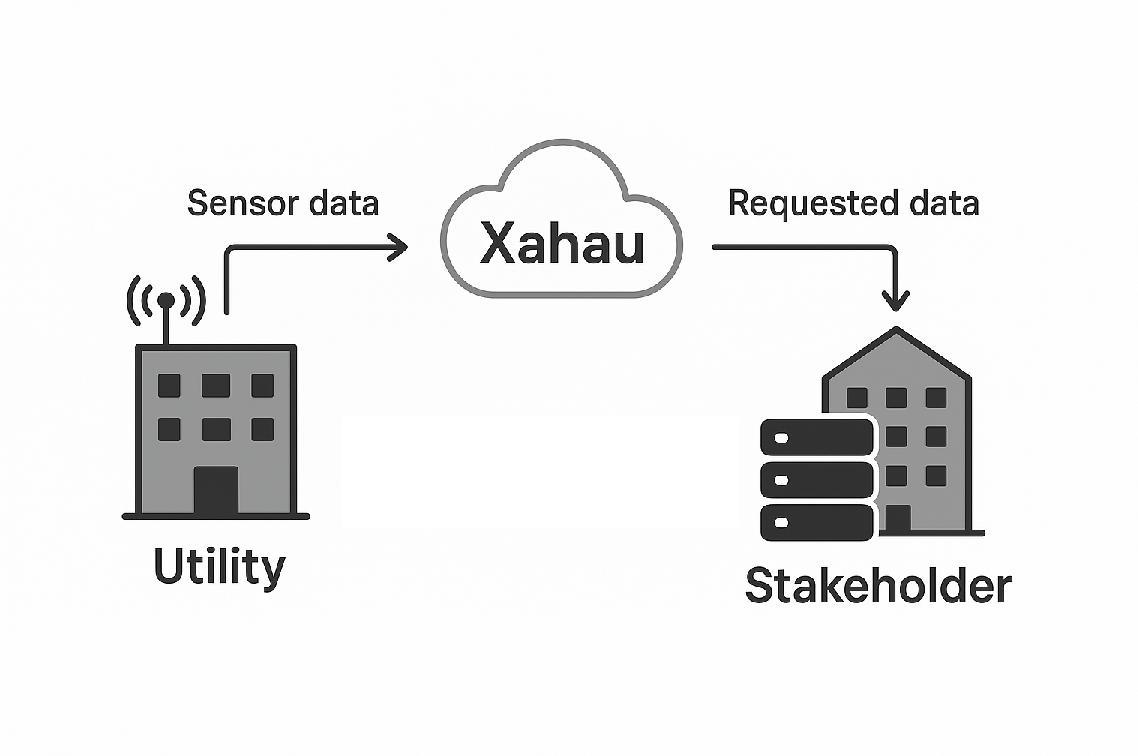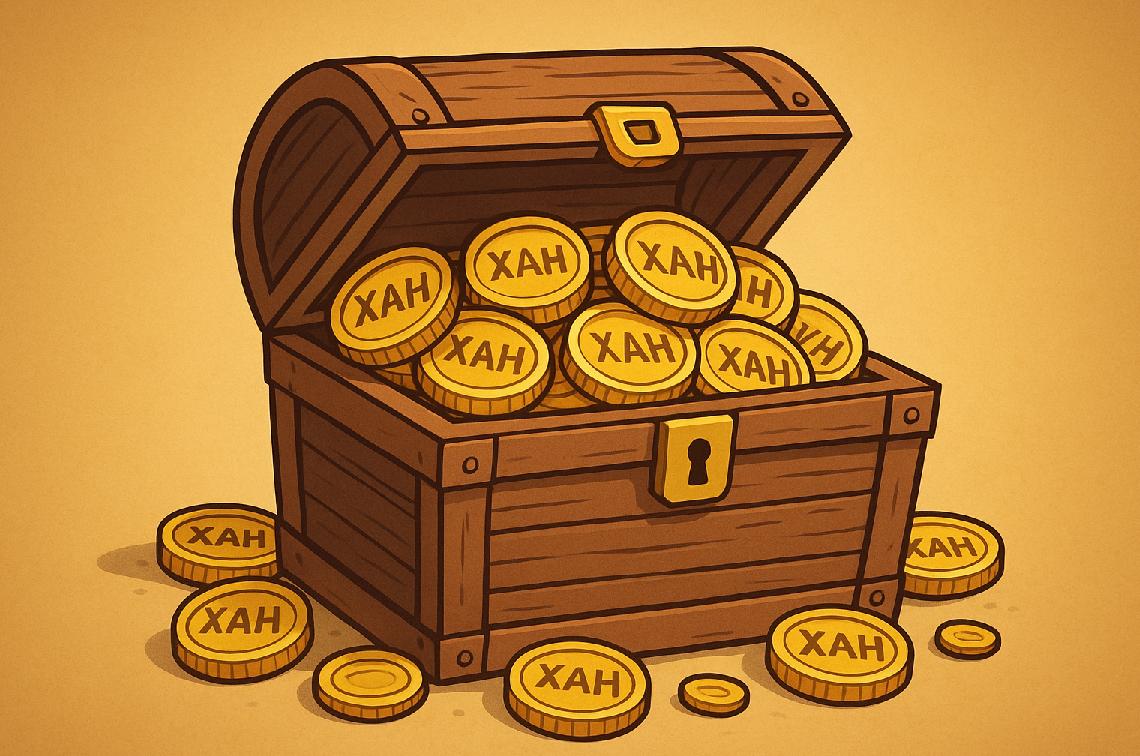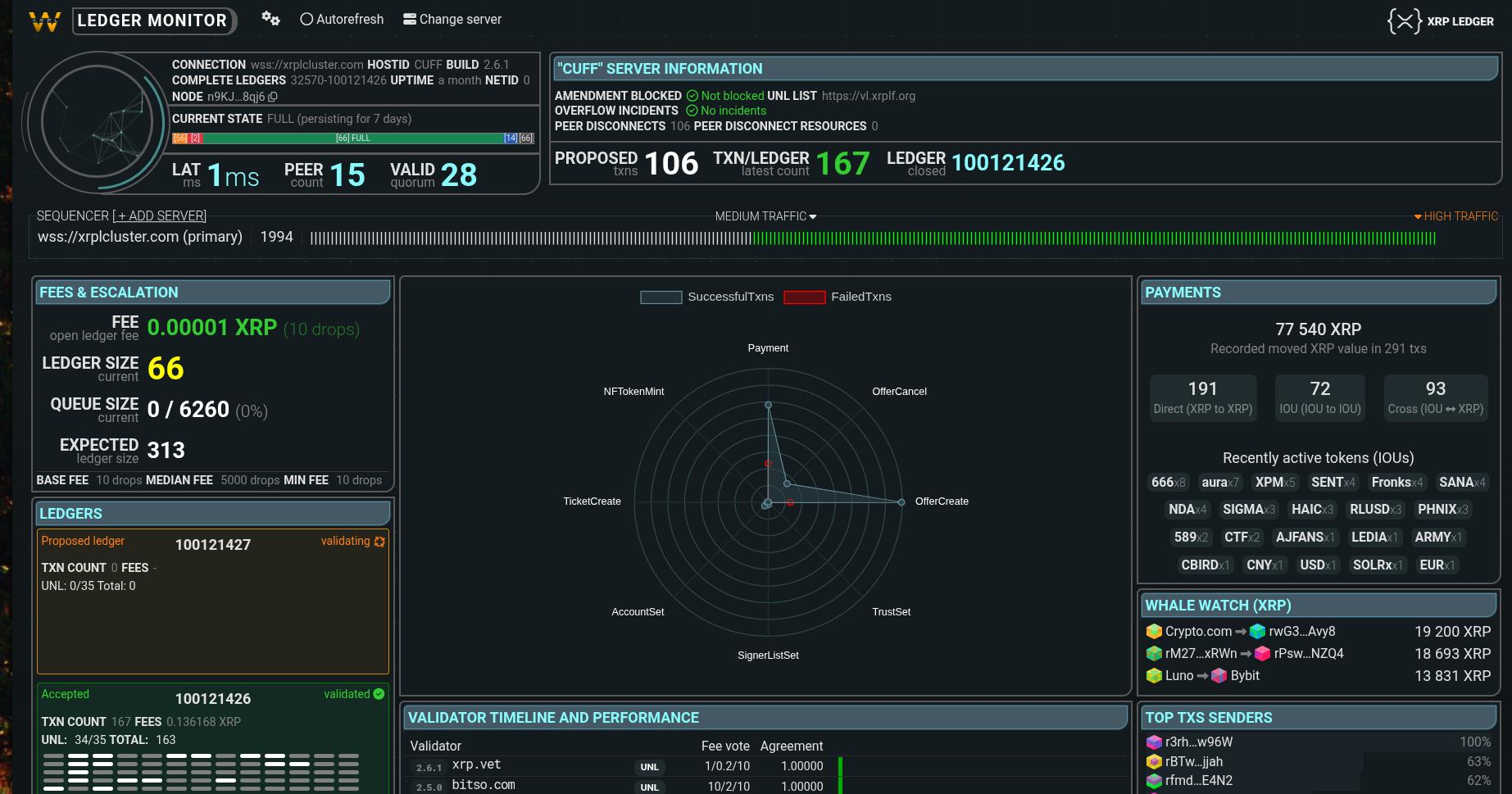A Different Kind Of Chain
The metaphor is a clear one.
The publishing of all transactions - despite being a shocking idea when you first encounter it - is a powerful concept that resonates with most people. First used by Bitcoin, the linking of all account changes over time is a centerpiece of almost all cryptocurrencies, and is considered a core component of network integrity.
In crypto terms, a 'chain' of transactions means that you can audit the history of a network, and trace back its native token transfers to their original state, in a 'genesis' wallet at a specific point in time.
In the case of an agreement protocol like the XRP Ledger or Xahau, it means that all transactions can be followed backwards to a beginning point, when the network was launched.
Xahau's Design
Xahau is the 'smart contract' version of the XRP Ledger, and its data and execution framework is centered on attachments to primary ledger objects. Specifically, the smart contract capabilities are centered around individual accounts.
Even if only one smart contract was triggered per account, that innovation alone would have been a historic achievement; but the Xahau architects decided to go the extra mile, and configure a 'one-to-many' relationship, ultimately deciding on up to ten smart contracts ... per account!
 Up To Ten Smart Contracts Per Xahau Account
Up To Ten Smart Contracts Per Xahau Account
This capability affords maximum flexibility to account owners, and allows them to install up to ten 'hooks'; the Xahau-specific synonym for smart contracts.
Technical Deep End
Because multiple smart contracts can be installed per account, the concept of sequential ordering of program execution extends this flexibility even further.
Multiple smart contracts can be executed for one transaction, independent of any knowledge of each others' logic ... or explicitly with the idea of step-wise completion.
The ordering of these smart contracts into a sequential series of processing steps for each transaction is known as 'chaining'.
 Multiple Smart Contract 'Hooks' Executing
Multiple Smart Contract 'Hooks' Executing
The execution architecture for chaining is elaborated in the Xahau documentation, and includes advanced concepts such as 'weak' and 'strong' execution, and even the attribution of transaction fees to secondary stakeholders.
Maximum Flexibility
The concept of chaining directly supports the use of the network as a perfect fit for regulatory compliance at layer one, and advances the use of Xahau as an inline payment firewall.
Additionally, the ability to attach up to ten smart contracts to one account opens an almost limitless variety of use cases, as I've described in earlier articles.
A New Kind Of Chain
Seventeen years after Bitcoin was unleashed, a new smart contract network has added another type of 'chain' that will prove to be a perfect fit for compliance, along with an almost-infinite combination of other applications.
X>
Sources






